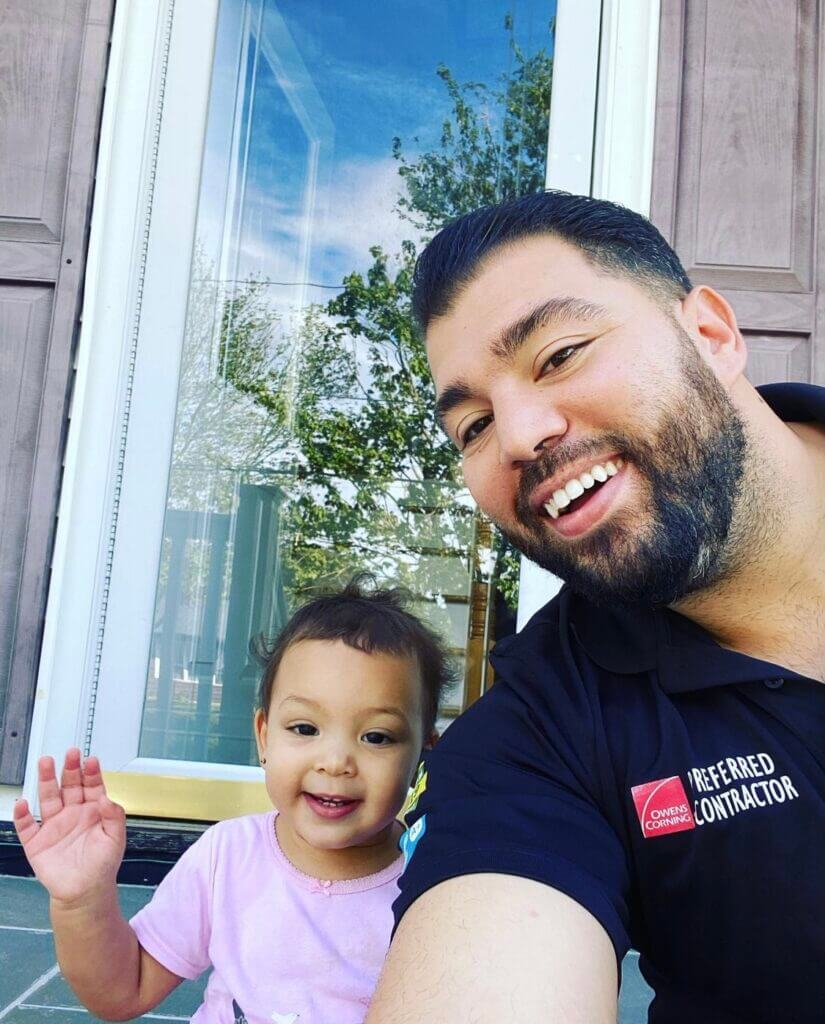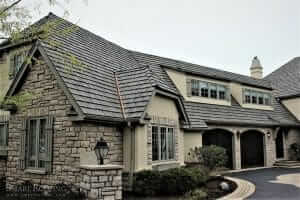What Is Underlayment?
Typically, either Plywood or OSB, roofing underlayment exists in the area between the roof sheathing and shingles, otherwise known as the roof deck. It provides an additional layer of protection to combat the detrimental effects of snow, rain and wind and is installed directly on the roof deck. There are two main types of roofing underlayment, felt and synthetic. The type of underlayment you choose to install will be dependent on a range of factors, including roofing materials employed, roof design, budget and geographical area. Your roofing services provider will usually recommend the best type of roofing underlayment for your property based on these factors.
Felt Roofing Underlayment - Pros & COns
Pros
- Price: Compared to synthetic underlayment, felt is priced lower, positioning it as a preferable selection for homeowners in need of an effective yet affordable solution.
Cons
- Weight: Contractors have to drag rolls of underlayment onto your roof, with the higher weight resulting in a more arduous installation.
- Susceptible to Tearing: High winds and strenuous installation can result in tearing of felt underlayment.
- Slippery Surface: Increases the difficulty of installation.
- Absorbs Moisture: Shingles are required to be installed immediately upon placement of underlayment as prolonged exposure to moisture can potentially warp and wrinkle the felt.

For a complimentary inspection call us or request a free estimate.
CLICK NUMBER TO CALL
Synthetic Roofing Underlayment
Pros
- Quicker Installation: Since there is more material per roll in comparison to felt, fewer trips to and from your roof are required to install synthetic roof underlayment – drastically cutting down on installation times.
- Lighter: Can be up to four times lighter than its felt counterpart.
- Safer: Synthetic underlayment isn’t slippery like felt, as it features slip resistant surfaces specifically designed to facilitate foot traffic and make for an easier and safer installation process.
- Resistant to Moisture: The plastic that synthetic roofing underlayment is composed of is designed to repel water and moisture.
- Resistant to Mold Growth: Since synthetic roofing underlayment consists of plastic polymers, it is highly resistant to the proliferation of mold and mildew.
Cons
- Price: The main drawback of synthetic roofing underlayment is its price in relation to felt. While felt may be more competitively priced, the long-term advantages that synthetic felt underlayment provides, such as an increased resistance to moisture, is worth the investment.

Which Underlayment is Right for Me?
When it comes to which underlayment you select, the main factor to consider is the price. While synthetic roofing underlayment may be more expensive, its ease of installation coupled with its ability to resist moisture make it an overall better option in the long-run. For those who are situated in regions more prone to precipitation, synthetic underlayment is the go-to-choice.
About Rapid Restore
Our mission at Rapid Restore is to provide a stress-free, refreshingly simple, world-class roof installation experience for our customers in Long Island, NY. We look forward to protecting you. With over 110+ 5 star reviews on Google, you can trust the expert roofing contractors at Rapid Restore to replace your roof on-time and within budget.
For a quick, no-obligation estimate on your next roofing project, fill out our estimate form!




